By clicking a retailer link you consent to third-party cookies that track your onward journey. This enables W? to receive an affiliate commission if you make a purchase, which supports our mission to be the UK's consumer champion.
Best home projectors 2025: portable, budget and 4K

The best projectors should provide an excellent big-screen viewing experience for everything from major sporting events to cosy movie nights.
While you can spend thousands on a cinema projector, we've focused on models costing less than £1,300 - including 4K and budget options. Two home cinema projectors were good enough to receive our Best Buy recommendation.
We've also named a Best Buy portable projector after testing models from top brands including Anker Nebula, Samsung and Kodak.
Although many home projectors have a similar setup process, we found significant differences in picture and sound quality.
How our tests find you the best
Picture quality
Our square-eyed panel repeatedly watches the same scene on each projector to rate colour, contrast and motion, while also comparing it to a Best Buy telly.
Sound quality
Our sound panel pick the projectors that can handle bassy explosions and whispery dialogue equally well.
Brightness
Fancy a midday movie marathon? Our light meter tells you which projectors are bright enough for you to use at any time of day.
We also test...
How easy the projector is to set up, the availability of apps and the quality of on-screen menus.
The home projectors we tested
Only logged-in Which? members can view the home projector test results below.
Join Which? to get instant access to our test results and Best Buy recommendations below.
| Home projectors | Price | Score | Picture quality | Sound quality | Ease of use |
|---|---|---|---|---|---|
Sign up to reveal Get instant access to this and all our scores and recommendations Unlock tableDigital £8.99 per month, cancel any time. Already a member? Log in | 94% | ||||
| 84% | |||||
| 81% | |||||
| 78% | |||||
| 78% | |||||
| 51% | |||||
| 50% | |||||
| 50% | |||||
| 47% |
Sign up to reveal
Get instant access to this and all our scores and recommendations
Unlock tableDigital £8.99 per month, cancel any time.
Already a member? Log in
Dates tested: November 2025, July 2024. Page last checked: November 2025. We aren't able to show every retailer, and cheaper prices may be available.
The portable projectors we tested
| Portable projectors | Price | Score | Picture quality | Sound quality | Ease of use |
|---|---|---|---|---|---|
Sign up to reveal Get instant access to this and all our scores and recommendations Unlock tableDigital £8.99 per month, cancel any time. Already a member? Log in | 77% | ||||
| 72% | |||||
| 70% | |||||
| 63% | |||||
| 59% |
Sign up to reveal
Get instant access to this and all our scores and recommendations
Unlock tableDigital £8.99 per month, cancel any time.
Already a member? Log in
Dates tested: November 2025, July 2024. Page last checked: November 2025. We aren't able to show every retailer, and cheaper prices may be available.
All the home projectors we tested are listed in alphabetical order below.
Only logged-in Which? members can view the best home projectors from our tests.
Join Which? to get instant access to our test results and Best Buy recommendations below.
Acer X1328 DLP Projector
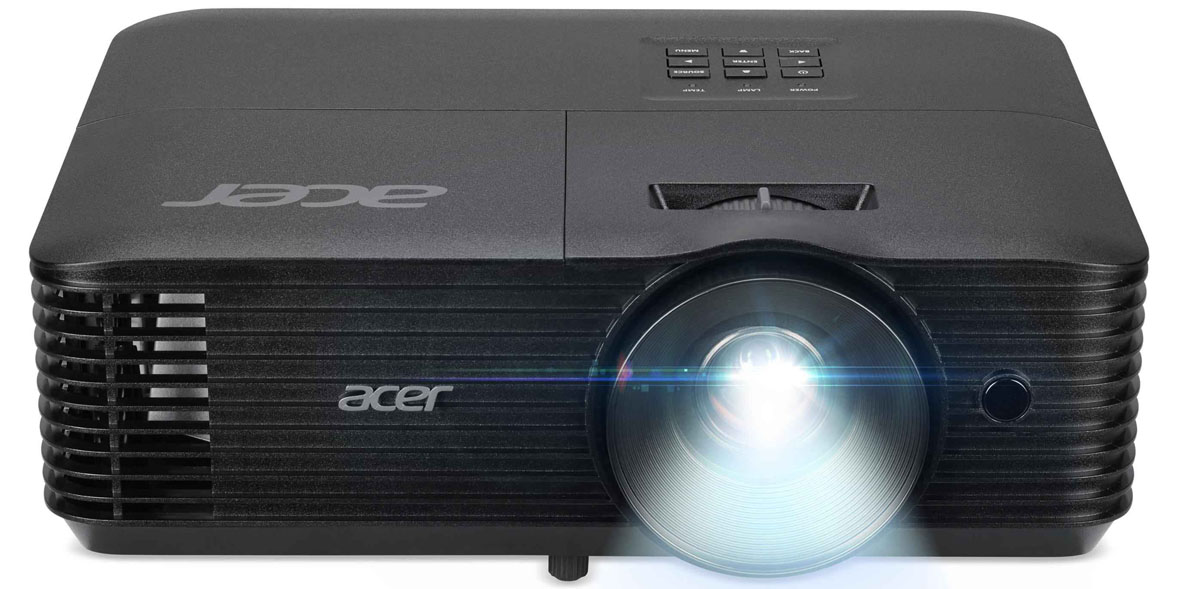
Most recently tested November 2025
Inputs HDMI1, HDMI2, DC power, VGA, Audio In/Out, Mini-Scart
Throw ratio 1.54 to 1.72:1 (27 to 300-inch screen size)
Need to know 10 x 31 x 24cm (H x W x L), 2.65kg
Anker Nebula Cosmos Laser 4K Projector
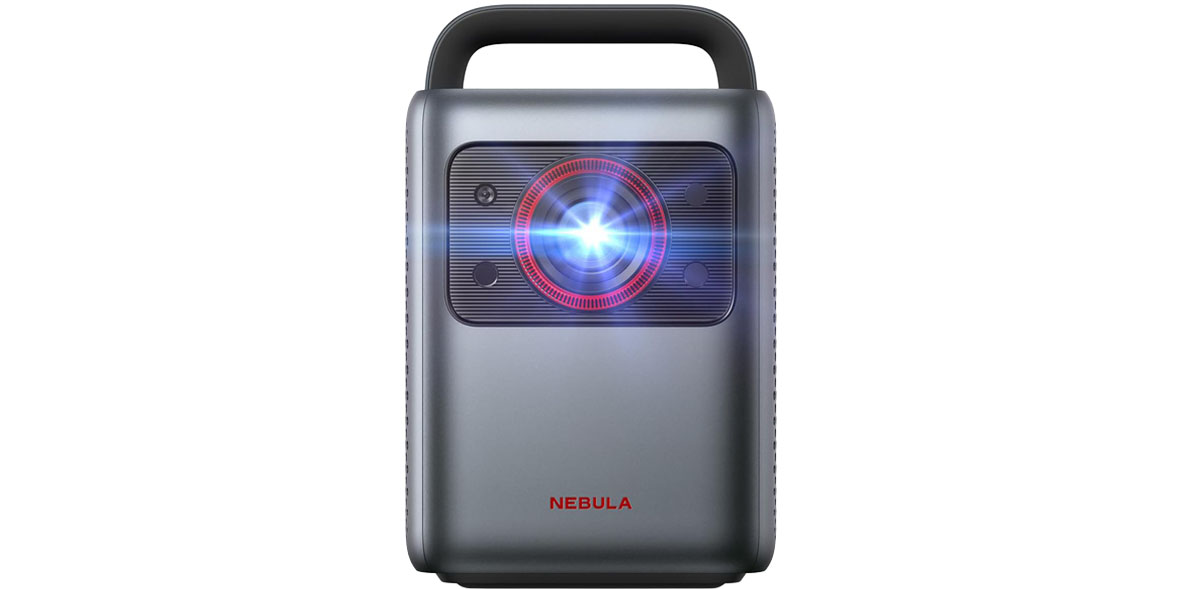
Most recently tested November 2025
Inputs HDMI, USB, Aux
Throw ratio 1.27:1 (60 to 200-inch screen size)
Need to know 4K, 21 x 16 x 25cm, (H x W x L), 4.75kg, auto keystone
Anker Nebula Mars 3 Air Portable Projector

Most recently tested July 2024
Inputs HDMI, Aux, DC power, USB-C
Throw ratio 1.2:1 (30 to 200-inch screen size)
Need to know 1080p, 14 x11.5 x17 cm (H x W x L), 1.7kg, auto keystone, 2.5-hour battery life, auto keystone
Anker Nebula Capsule 3 Laser Projector

Most recently tested July 2024
Inputs HDMI, Aux, USB-C
Throw ratio 1.2:1 (40 to 120-inch screen size)
Need to know 1080p, 16 x 8 x 8cm (H x W x L), 1kg, auto keystone, 2.5-hour battery life
BenQ GV50 1080p Laser Portable Ceiling Projector
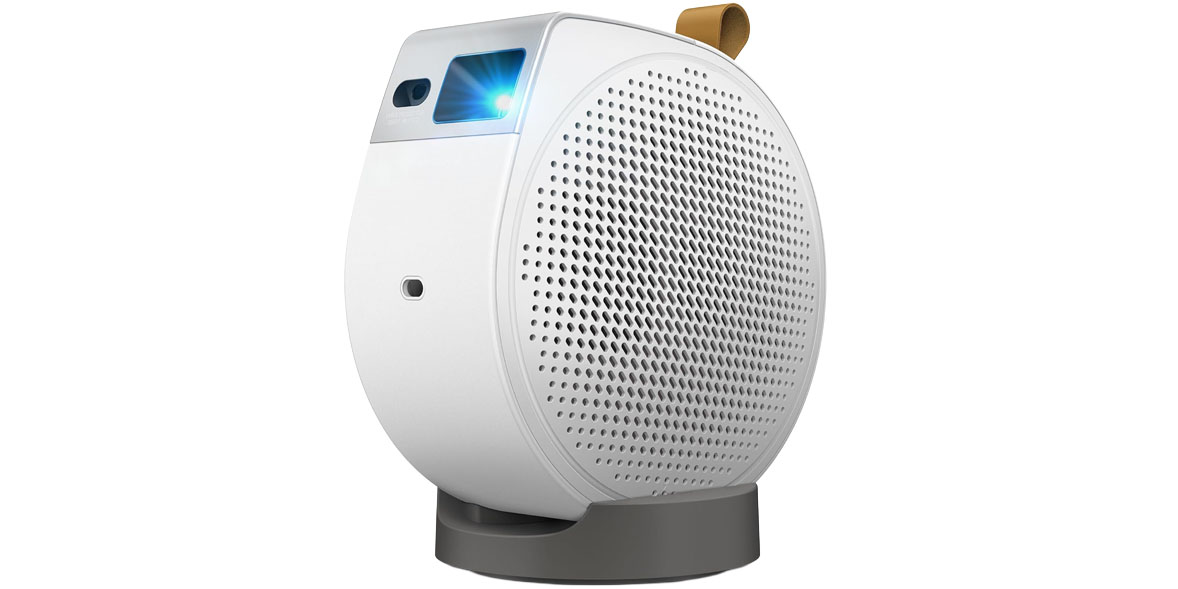
Most recently tested November 2025
Inputs Audio, USB-A, HDMI, USB-C, headphone
Throw ratio 1.2:1 (30 to 120-inch screen size)
Need to know 1080p, 21 x 9 x 21cm (H x W x L), 2.1kg, 2.5-hour battery life, auto keystone
Epson CO-FH02 Smart Full HD Home Cinema Projector

Most recently tested July 2024
Inputs HDMI, Aux
Throw ratio 1.19 to 1.61:1 (26 to 391-inch screen size)
Need to know 1080p, 7.5 x 32 x 20.5cm (H x W x L), 2.6kg, auto keystone, Android TV streaming stick included
Epson EF-12 Projector

Most recently tested July 2024
Inputs HDMI x 2, USB-A, 3.5mm audio out, Mini-USB
Throw ratio 1:1 (30 to 150-inch screen size)
Need to know 1080p, HD, 13 x 17.5 x 17cm (H x W x L), 2.2kg, auto keystone
Epson EF-22B Mini Smart 3LCD Projector
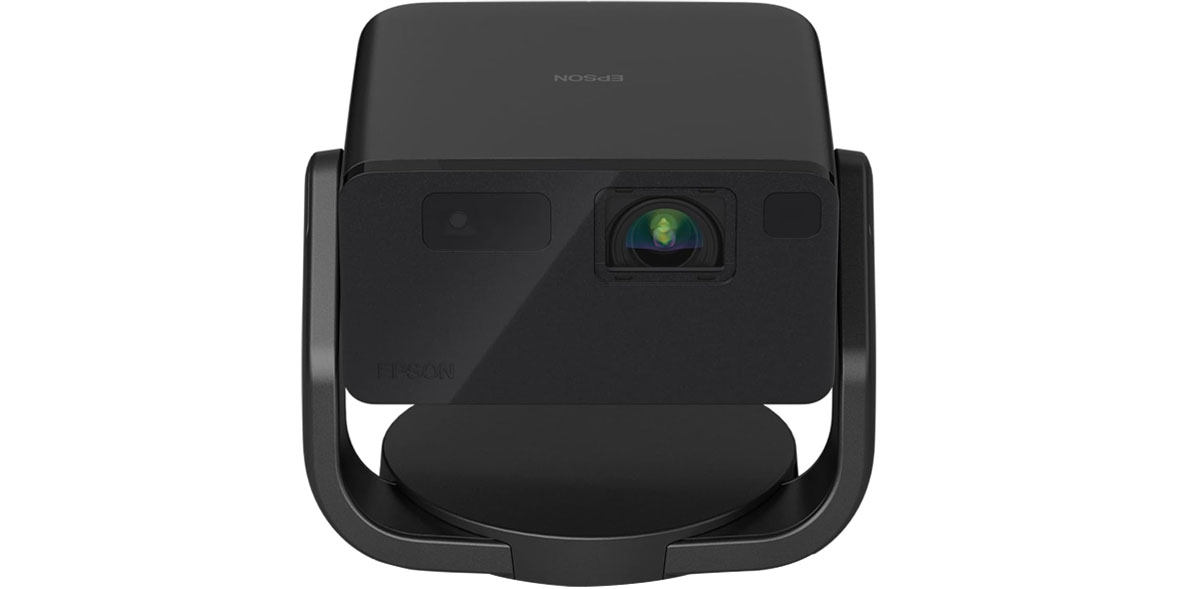
Most recently tested November 2025
Inputs Micro-USB, audio, USB-A, HDMI
Throw ratio 1.00 to 1.82:1 (30 to 150-inch screen size)
Need to know 1080p, 21 x 24 x 19cm (H x W x L), 3kg, auto keystone
Hisense C2TUK 4K Smart Mini Projector
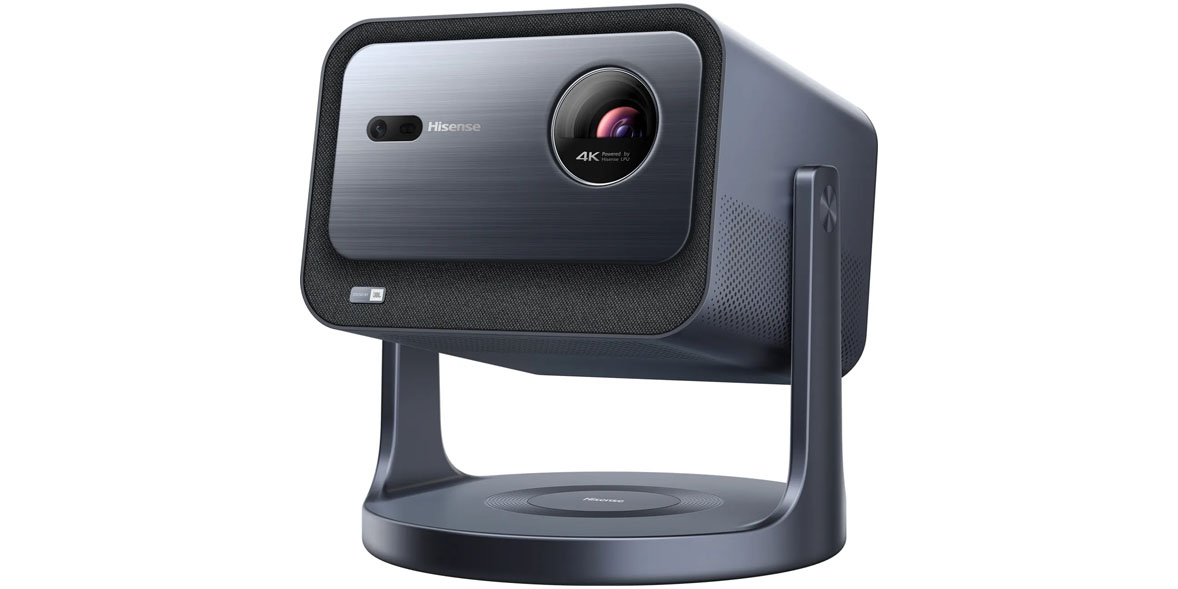
Most recently tested November 2025
Inputs Audio, HDMI1, HDMI2, USB 1, USB 2, ethernet, S/PDIF
Throw ratio 1.2:1 (65 to 300-inch screen size)
Need to know 4k, 25 x 22 x 21cm (H x W x L), 5.3kg, auto keystone
Kodak Luma 350 Portable Smart Projector

Most recently tested July 2024
Inputs Audio, USB, HDMI
Throw ratio 1.18:1 (up to 150-inch screen size)
Need to know 2.5 x 11 x 11cm (H x W x L) 0.4kg, 2-hour battery life
If a projector isn't for you, see our round-up of the best cheap TVs under £300, £500 and £1,000
Optoma HD146x 1080p Full HD Lamp Projector
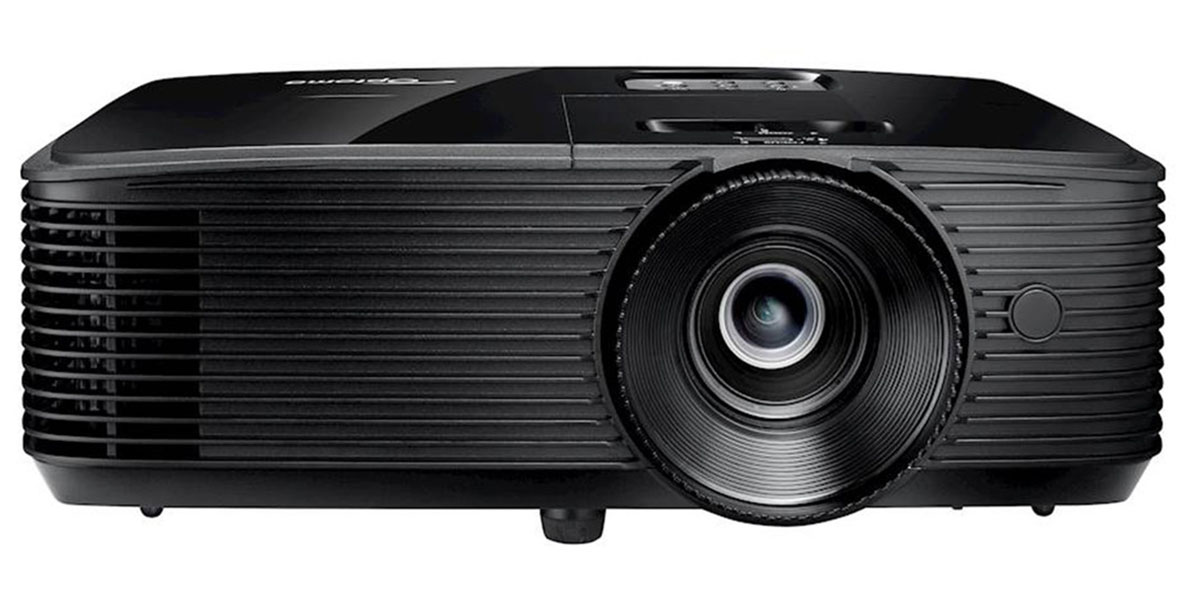
Most recently tested November 2025
Inputs HDMI, USB, Audio out
Throw ratio 1.47:1 to 1.62:1 (28 to 301-inch screen size)
Need to know 11 x 31 x 23.5cm (H x W x L), 2.75kg
Philips Neopix Ultra 2 Projector

Most recently tested July 2024
Inputs Micro-SD, HDMI x 2, USB, DC power
Throw ratio 1.4:1 (up to 65-inch screen size)
Need to know 6.5 x 21 x 7cm (H x W x L), 1.2kg
Samsung the Freestyle Projector (2nd Generation)

Most recently tested July 2024
Inputs Micro HDMI, USB-C
Throw ratio 1.2:1 (30 to 130-inch screen size)
Need to know 1080p, 16 x 11.5 x 11.5cm (H x W x L), 0.8kg, auto keystone, 3-hour battery life
XuanPad Projector 2024

Most recently tested July 2024
Inputs HDMI x 2, AV, USB x 2
Throw ratio 1.2:1 (up to 200-inch screen size)
Need to know 7.5 x 21.5 x 16cm (H x W x L), 1.1kg
How we test projectors
We shortlist the most popular projectors from UK retailers and use a panel of testers and a series of objective measures.
We buy all the products we test, so you know our reviews can be trusted. We regularly revisit the home projectors on sale to see if there are any more popular models that need testing.
Why you can trust us: at Which? we're free from manufacturer and retailer influence. Find out more about our impartiality and how your support helps us to stay editorially independent.
Picture quality
We assemble a panel of testers, including the editor of Which? Tech magazine, to rate each projector for picture quality. We use different scenes to rate how well each projector handles colour, contrast and motion.

Sound quality
We use a second panel, including Which? audio experts, to assess the sound quality. Even though you may decide to hook up external speakers, we think good sound is important, particularly for portable projectors.
Brightness
We use a light meter to measure the brightness of each of the projectors in a darkened room and in normal lighting conditions.
Ease of use
We set up each of the projectors and rate how easy this is, as well as looking at the quality of the remote control and on-screen menus.
Versatility
We give each projector a final rating that takes into account the number of inputs and availability of apps.
What you need to know about home projectors
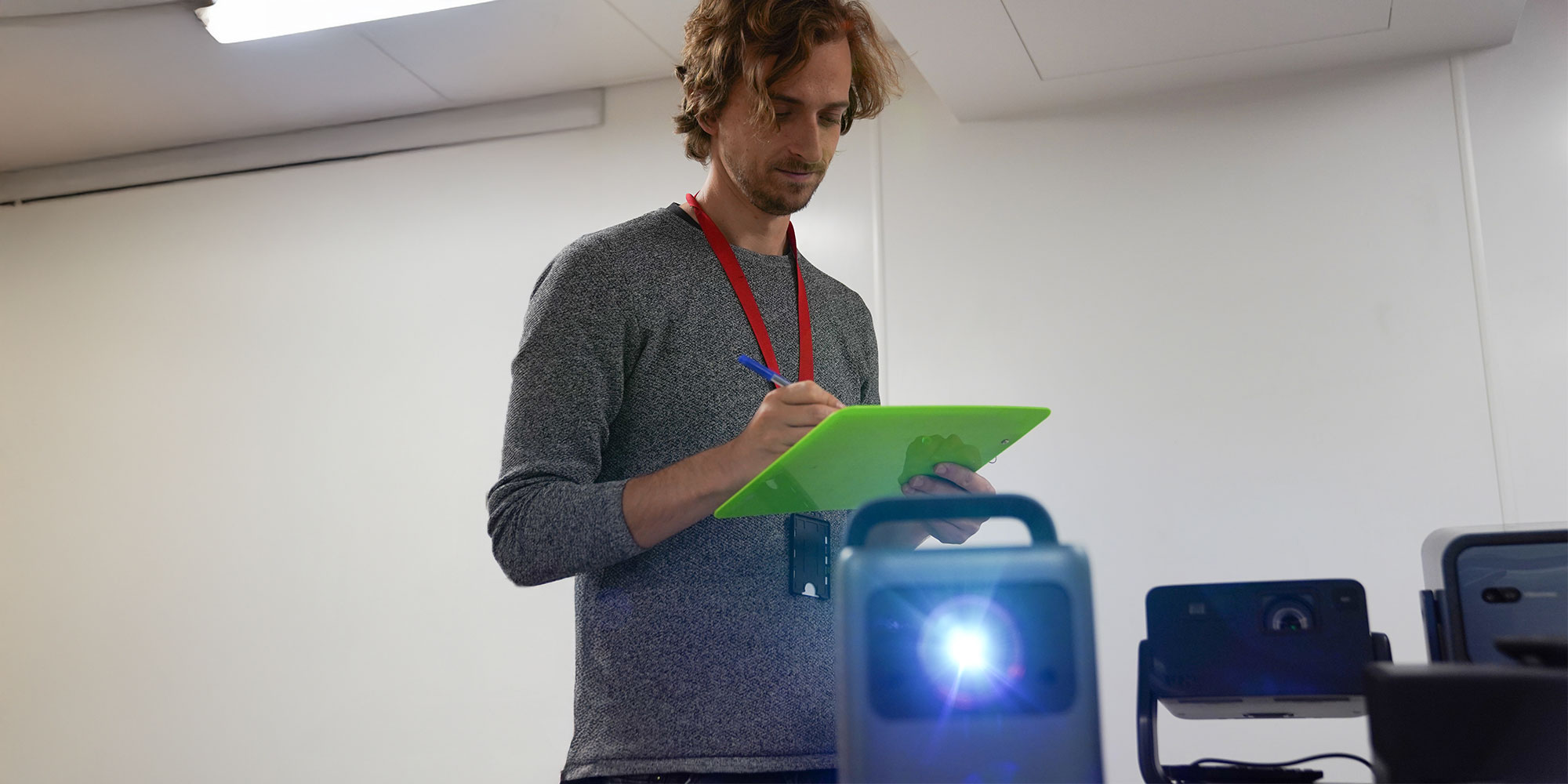
Portability
Some devices are marketed as portable projectors, which tends to mean they’re smaller, don’t take much effort to set up and have a rechargeable battery.
Usually, battery life is roughly a couple of hours, which is enough time to squeeze in a film.
Ease of use
There are several ways of viewing content on most projectors. You can connect external devices via an HDMI or USB cable, use screen mirroring from your phone or tablet, or use streaming services via wi-fi.
Many projectors allow you to sign in with your Google account and download apps directly onto the device. Bear in mind that not all apps are available on all projectors. We found some projectors that are missing key apps, such as Netflix.
Projectors usually come with a remote control, while some have the option of downloading an app and controlling them with your phone. A common accessibility setting is voice control, which means you don’t need a remote at all.
Screen setup
Many projectors are designed to make your life as easy as possible, with features such as auto keystone, auto focus, auto screen fit and obstacle avoidance.
Auto keystone scales the image when the projector is at an angle so that it looks rectangular, while auto focus ensures the image is sharp without you having to adjust it manually. Auto screen fit detects the size of your projection screen and sizes the image accordingly.
Sound quality
Many mini projectors don’t have impressive sound, but we did find some home projectors with good-quality speakers. You can connect external speakers or a soundbar to make sure the audio is as clear as possible.
Some projectors emit a whirring noise, which you may find distracting.
Throw ratio
Throw ratio is an indicator of the image size, depending on how far away from the screen your projector is positioned.
We’ve tested standard or 'normal-throw' projectors that have a throw ratio of more than 1:1 but less than 2:1. Short-throw projectors are designed to be placed very close to the screen, while long-throw projectors are for bigger spaces such as auditoriums.
A 2:1 ratio would mean that a projector 5 metres from the screen would give a 2.5-metre-wide picture. However, you can't keep moving a projector back to get a bigger image, as projectors also have a maximum screen size, which we've listed in the reviews.
Brightness and picture quality
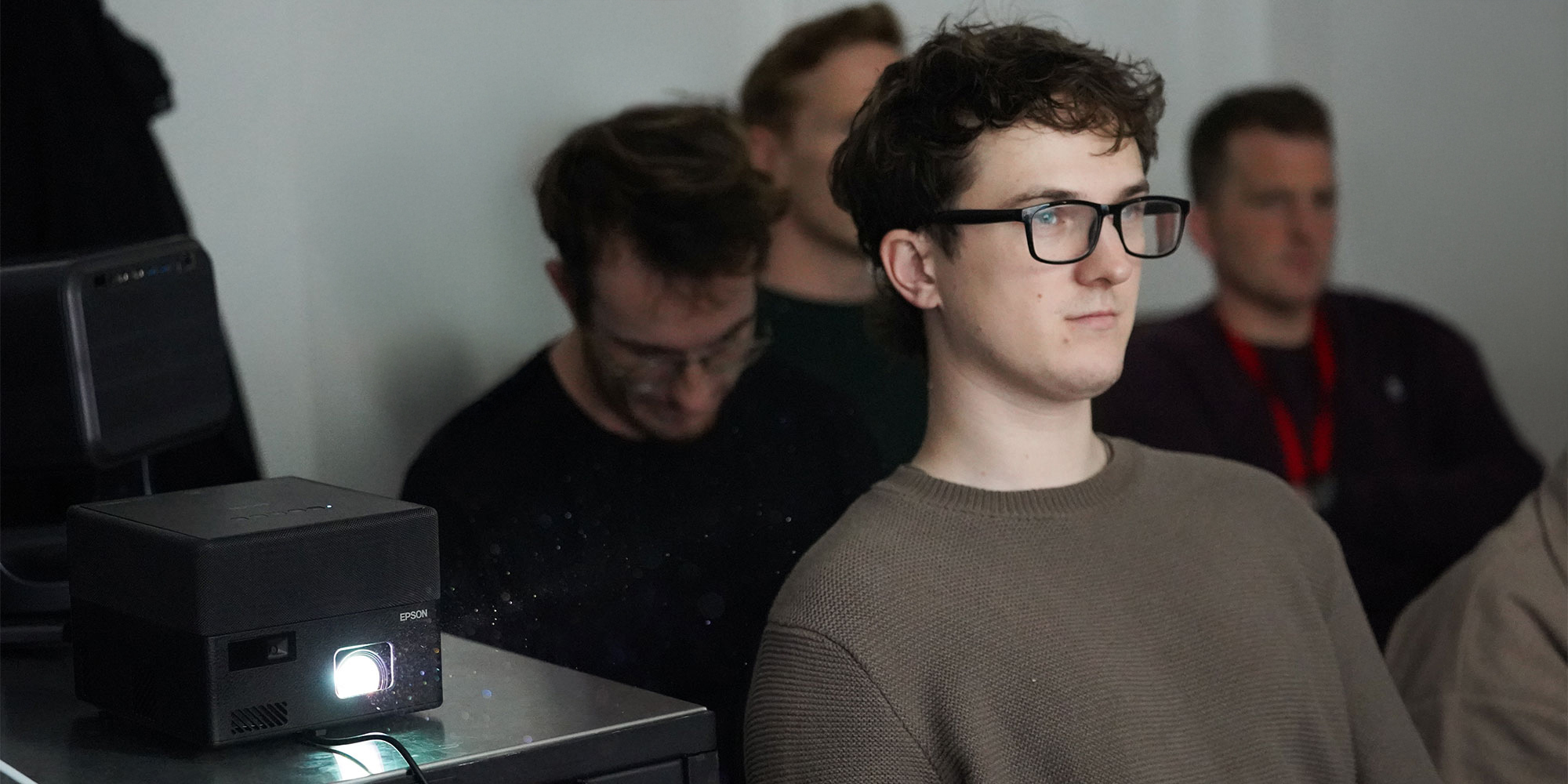
Although brightness isn’t the only factor affecting projector picture quality, it can play a part. This is especially true in ambient lighting conditions.
Some of the projectors we tested offer a decent viewing experience in a room of normal brightness, but some are simply too dim for this to be an option and you need to darken the space.
Screen options
The cheapest option is to use a wall, although the quality of the experience depends on its smoothness and colour. Special reflective white paint can help, but it’s also worth considering a dedicated projector screen.
Manual projector screens come in various types, including tripod or wall-mounted. There are also motorised projector screens that can be stored away when not in use.
Projector bulb replacement
You'll know when your projector bulb (lamp) is running out, as the picture will get noticeably dimmer. Lamps can last between 700 and 3,000 hours, with an average life of around 1,500 hours. That might sound like a lot – but with the average person in the UK watching four hours of TV a day, that would only give you around a year of average viewing.
A new bulb can cost more than £200, which could be a significant yearly expense. You can increase the life of lamps by allowing them to cool down properly after use and changing the dust filters regularly. Many projectors have ‘economy modes’ that can also preserve lamp life, and there is often a display showing a rough estimate of how many hours the bulb has remaining.
If you've got the cash to splash, a projector makes a great gift. Read our best tech gifts guide
Are 4K projectors worth it?
4K projectors are increasingly popular with consumers. We've tested two so far and can tell you whether they're worth the hype.
Join Which? to get instant access to our test results and Best Buy recommendations.
Are projectors better than TVs?

Ultimately, it depends on your own entertainment setup and what you're looking for. Whether you're thinking of replacing your TV or buying one for special occasions, it’s worth considering the pros and cons of projectors before investing in one.
Projector pros
- Screen size With the right projector setup, you can watch a movie as the filmmaker intended or supersize your PC screen to show off those holiday photos.
- Cost Projectors are usually cheaper than comparable HD TVs. A 108-inch TV, for example, would cost tens of thousands (if you can find one), but getting the same screen size and equivalent HD picture quality could cost well under £1,000 with a projector.
- Viewing experience Some people feel that projectors provide a more comfortable and cinematic viewing experience than TVs due to the larger screen size and lower overall brightness. For a sharper picture, you can buy 3D and 4K projectors as well as high-definition models.
Projector cons
- Light Unless you have the curtains closed, a projector’s performance will be affected by any ambient light. Even in a darkened room, light creeping under the bottom of a curtain can affect the contrast and quality of the image. Opting for blackout blinds or curtains can help.
- Lamps Projectors periodically need their lamps replaced, so you'll need to factor in that cost
- Sound Some projectors have built-in speakers but you may want to invest in a home cinema audio system to do your big screen justice.
Upgrading your TV? Our expert TV reviews reveal the models that have superb picture and sound quality
